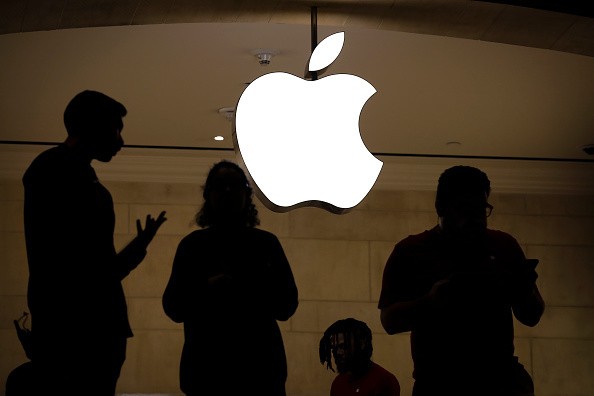The next-gen A16 Bionic GPU was supposed to support the ray-tracing feature.

However, Apple decided to cancel the advanced graphics processing unit.
Instead, the gadget maker decided to integrate the GPU of the A15 Bionic into the newer A16 Bionic SoC.
If you are wondering what went wrong with this next-gen GPU, here are the major details you need to know.
Canceled A16 Bionic's Next-Gen GPU
According to XDA Developers' latest report, the A16 Bionic chipset's next-gen GPU was canceled because of last-minute engineering issues.
Also Read : iPhone 14 Horizontal Lines is Just Software Bug; While Waiting for iOS Update, Try These Fixes
Experts said that Apple was too ambitious to add features to the advanced A16 Bionic SoC.
For example, the iPhone maker promised that the next-gen GPU was supposed to give a 50% improvement in memory bandwidth.
However, enthusiasts said that this enhancement could not be attributed to the GPU alone.
In iPhone 13 series, Apple had to integrate the LPDDR5 RAM with a memory frequency of 6,400MHz to enhance its memory bandwidth.
Issues arose when Apple allegedly tried to depend on the next-gen GPU. Since there are lots of features, experts said that the GPU could overheat the new iPhone 14 series.
Because of this, Apple has to cancel the development of the advanced graphics processing unit.
Canceled GPU Supposed to Support Ray-Tracing
WCCFTech reported that the canceled GPU has a lot of advanced features.
These include supporting ray-tracing capabilities.
If the next-gen GPU was not canceled, the new iPhone 14 series could have provided a better mobile gaming experience.
As of writing, Apple hasn't confirmed if it will still continue the advanced GPU or if it would be integrated into the upcoming A17 Bionic SoC.
But, since Qualcomm and MediaTek are realising better-performing chipsets, Apple has to either continue the GPU or work on more advanced SoC components.
You can visit this link to learn more about the A16 Bionic's next-gen GPU.
Aside from this component, Apple also allegedly canceled the new iPhone SE 4.
We also reported that the 5G chipset of Apple might not be ready for the new iPhone 15.
For more news updates about Apple and its other products, always keep your tabs open here at TechTimes.
Related Article : Apple High-End M2 Extreme Mac Pro Delay to Be Mitigated by RAM, Storage Expandability Options

ⓒ 2025 TECHTIMES.com All rights reserved. Do not reproduce without permission.




